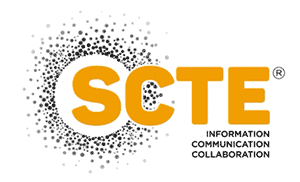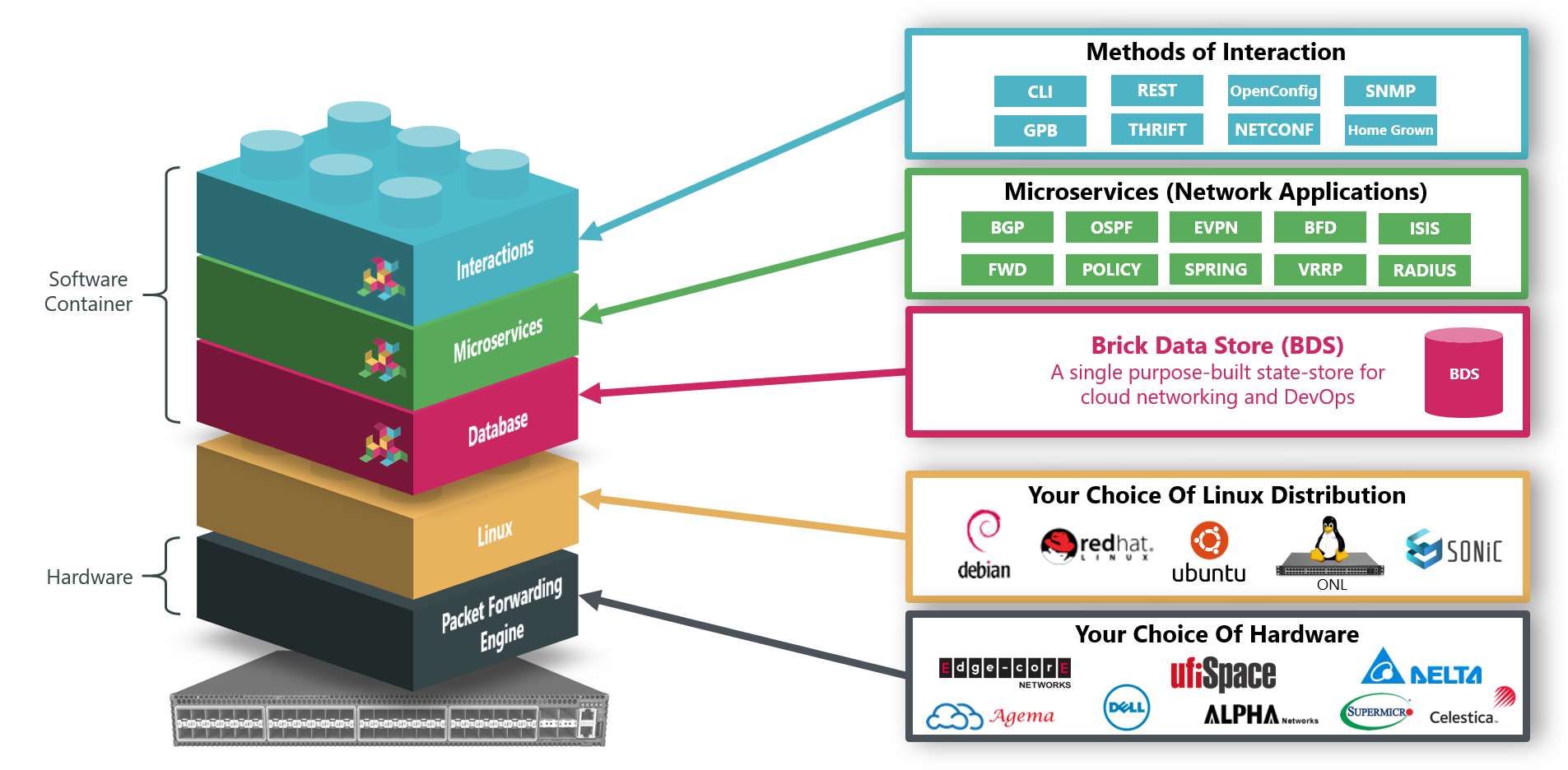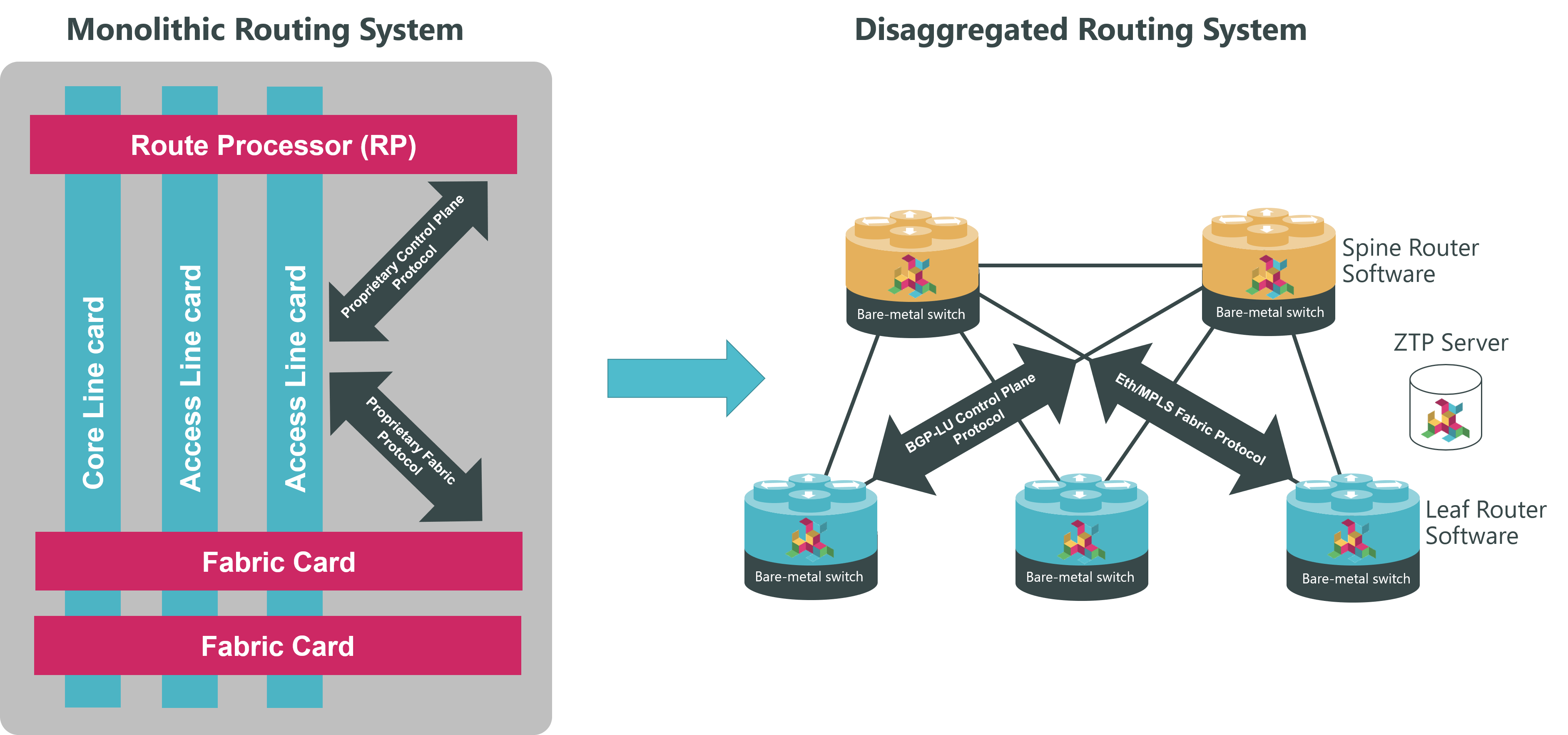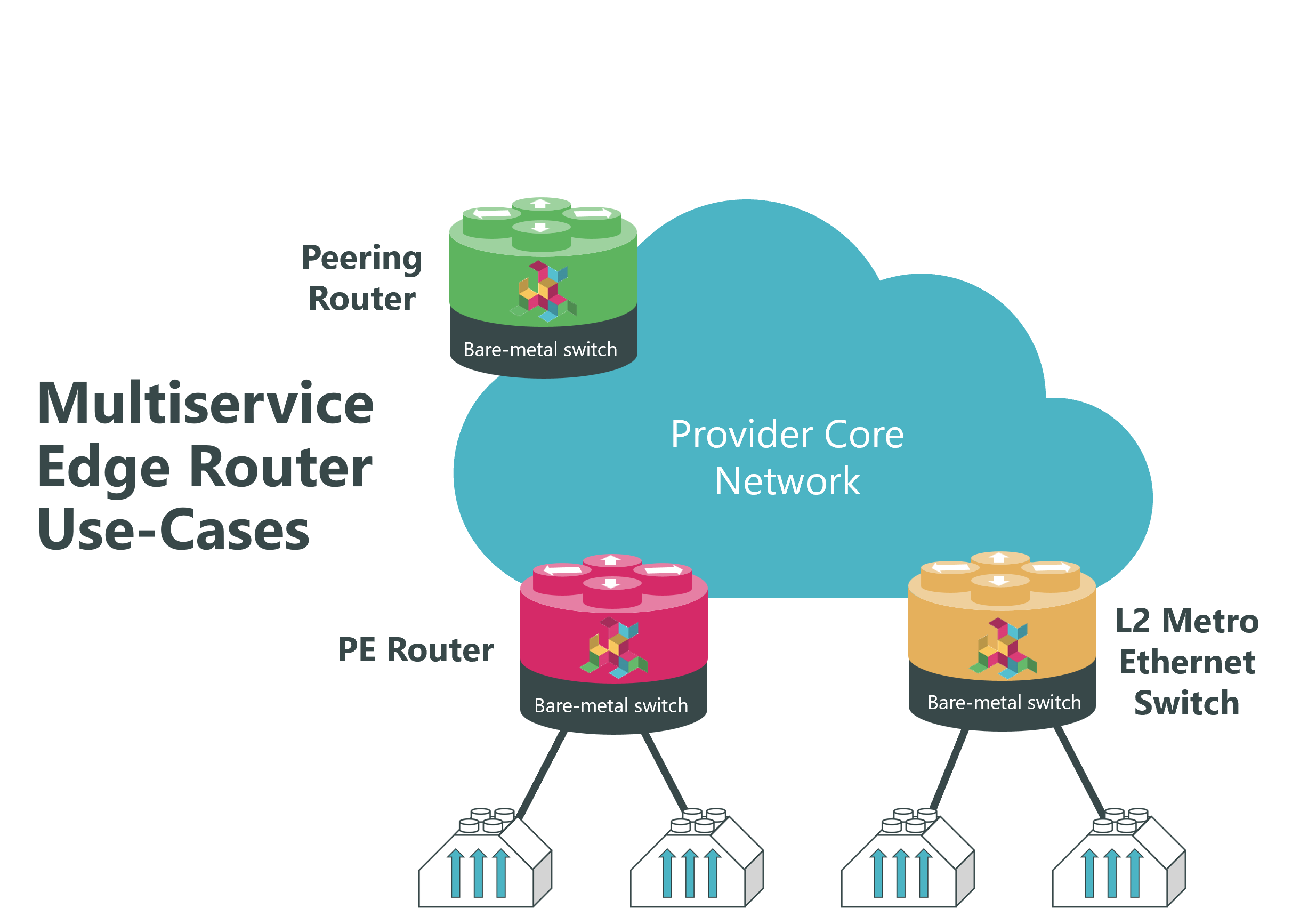The Disaggregation Revolution

This article was published in SCTE Broadband on March 19, 2025. You can read the original article here
Unlocking the Future of Broadband Networks
by Hannes Gredler, co-founder and CTO at RtBrick
The telecom industry has a habit of clinging to the familiar… decades-old legacy infrastructure run by the same handful of vendors, all betting on incremental network upgrades to keep pace with consumers’ insatiable demand for data. “This approach is reaching a breaking point! It’s time to tear up the old blueprint and embrace network disaggregation before it’s too late”, warns Hannes Gredler, co-founder and CTO at RtBrick. By dismantling the traditional, vertically integrated network model in favour of open, flexible, and scalable networks built for the digital age, telcos can finally break free from vendor lock-in. But while some operators still weigh their next move, a quiet revolution is already underway, with operators like Deutsche Telekom and WOBCOM proving that disaggregation isn’t just theory – it’s happening now!
In today’s data-driven world, the only constant is ‘more’. From streaming and gaming to AI-driven workloads and IoT, networks are being pushed to their limits. Data-hungry consumers expect the same seamless experiences they’ve been accustomed to for years while continuing to demand faster, more reliable, and cheaper services. But it’s not all about growth. On the flip side, security threats are escalating globally, from cyber attacks to geopolitical risks affecting supply chains and vendor relationships.
The reality is undeniable: today’s networks aren’t built for this type of demand. The industry’s bet on the legacy model hasn’t paid off, and operators are now feeling the strain - caught between managing increasing data consumption, rising costs, and the limitations of legacy infrastructure. the only way to deliver the levels of throughput required by the Internet was to build the routing systems using custom silicon and optimise the software a round it. This new approach separates hardware from software, freeing operators from vendor lock-in and unlocking new levels of efficiency. Unlike traditional monolithic networks, disaggregated systems allow telcos to mix and match best-in-class components with their preferred software, much like hyper-scalers do in the cloud. So, just as cloud computing revolutionised enterprise IT, cloud-native networking is redefining how telcos operate, offering agility, scalability, and, most importantly, significant cost savings. The solution? A complete shift in how we’re building networks at the edge. The move towards a cloud-native approach is arguably the most significant change we’ve seen in carrier networks since the arrival of the Internet. Essentially, this is due to the availability of new merchant silicon and white-box switches, as new vendors now have the equivalent capabilities on their high-volume, low cost networking chips that the traditional system vendors use on the line cards in their legacy systems.
At the heart of this transformation is network disaggregation. For many years, the only way to deliver the levels of throughput required by the Internet was to build the routing systems using custom silicon and optimise the software around it. This new approach separates hardware from software, freeing operators from vendor lock-in and unlocking new levels of efficiency. Unlike traditional monolithic networks, disaggregated systems allow telcos to mix and match best-in-class components with their preferred software, much like hyper-scalers do in the cloud.
So, just as cloud computing revolutionised enterprise IT, cloud-native networking is redefining how telcos operate, offering agility, scalability, and, most importantly, significant cost savings.

What is network disaggregation?
Network disaggregation breaks apart the traditional, vertically integrated network model. It decouples hardware from software components, allowing operators to build customised, high-performance networks using best-in-class solutions from multiple vendors. This approach breaks the chains of vendor lock-in, fostering a more open and competitive ecosystem where telcos have the freedom to create a network tailored to their own needs.
However, the concept isn’t entirely new. Software-defined networking(SDN), a software-controlled approach to networking architecture driven by application programming interfaces (APIs), laid the groundwork by shifting network intelligence from proprietary hardware to software-driven control planes. This introduced programmability and automation, but network disaggregation takes this further by separating hardware from software whilst still integrating with merchant silicon - ensuring operators get scale and performance but are no longer dependent on a single vendor’s ecosystem.
On the hardware side, high-performance bare-metal switches built on the latest merchant silicon have played a key role in enabling disaggregation. These are built on the latest merchant silicon, which is more cost-effective than Application Specific Integrated Circuit chips (IC).They also provide more power efficiency, reusability and security.
Meanwhile, web-scale, modular and composable code significantly impacts carrier networks by offering enhanced flexibility, scalability and efficiency, which are key requirements as networks evolve to meet growing demand. They enable operators to break down complex systems into smaller, more manageable components that can be updated, laced, or scaled independently.

How does network disaggregation work?
Telecom networks have remained essentially unchanged for decades, built on monolithic chassis-based router systems. These systems relied on fabric cards, core line cards, and access line cards, all housed within a single vendor-controlled chassis. Core line cards handled raw network traffic, while access line cards processed subscriber services. The control plane—the intelligence behind the system—was proprietary, making it impossible to mix and match components from different vendors. This closed, vendor-locked approach made networks expensive, complex and inflexible. Operators had little choice but to stick with a single supplier, replacing entire systems when they needed to scale up.
Instead of relying on proprietary chassis based routers, telcos are moving to bare-metal switches—low-cost, high performance devices powered by merchant silicon. These switches, often built in the same outsourced factories that produce traditional routers, are vendor-neutral and interoperable, allowing operators to replace expensive proprietary hardware with software-driven, cloud-native solutions.
Carrier-grade routing software transforms these bare-metal switches into fully functional IP/MPLS routers. The software runs in a containerised Linux environment, bringing hyper-scaler-like efficiency to telco networks. This cloud-native model supports zero-touch provisioning, reducing deployment complexity and costs.

Disaggregated networks replicate the chassis-based model but in an open, flexible, and scalable way. Instead of proprietary hardware cards, operators deploy single or double RU (Rack Unit)systems optimised for different functions.
Example: Key functions provided by a disaggregated edge network:
Broadband Network Gateway(BNG): Handles subscriber authentication and management. Open BNG software runs on bare metal switches, leveraging a Spine-Leaf architecture for scalability.
Provider Edge (PE) Router: Connects customer networks to the telco’s backbone. A disaggregated PE router replaces vendor-locked hardware with agile, software-based routing.
Peering Router: Manages traffic exchange between ISPs and large networks at internet exchange points(IXPs), providing more flexibility and cost control.
Carrier-Grade Network Address Translation (CGNAT): ExtendsIPv4 networks by translating private addresses into public ones. Integrated CGNAT runs in line with BNG, eliminating the need for separate hardware.
L2 Metro Ethernet Switch: Supports high-speed Metro Ethernet services using Open Network Linux(ONL) containerised software.

What are the benefits of network disaggregation?
1. Automation
Single-browser interfaces and out-of-the-box automation eliminate the manual configurations required in legacy systems, reducing human errors and improving efficiency. Cloud-native orchestration tools also enable zero touch provisioning, ensuring networks can be deployed and managed at scale with minimal intervention. This is where AI plays a role in optimising disaggregated networks. By running on bare-metal switches and leveraging open software, AI-driven platforms can process network telemetry in real-time, improving performance, predictive maintenance, and fault resolution.
2. Cost efficiency
Scaling up with legacy networks almost always means purchasing expensive, vendor-specific hardware, forcing telcos to make substantial capital investments to keep pace with demand. Disaggregated models eliminate this cost by allowing operators to use merchant silicon based bare-metal switches instead of proprietary systems. Additionally, operators reduce power consumption, cooling requirements, and maintenance costs by moving network functions into software, aligning with broader sustainability goals. Our TCO(Total Cost of Ownership) analysis has shown that disaggregated networks can cut infrastructure costs by up to50% compared to traditional systems.
3. No vendor lock-in
Most importantly, you’re in charge of your own destiny! This has historically restricted telcos from customising their networks or making changes, forcing them into expensive, inflexible, long-term contracts with limited room for innovation. Network disaggregation breaks this cycle, allowing operators to mix and match hardware and software components from multiple vendors. It also reduces reliance on proprietary or geopolitical-restricted technologies, enabling cost parity with Chinese software solutions while maintaining security, supply chain flexibility, and compliance with regulatory frameworks.
4. Sustainable networks
As AI becomes more prevalent, the next decade will also see a significant rise in e-waste resulting from outdated hardware. Disaggregated networks help reduce e-waste by allowing operators to upgrade or re-purpose components without discarding entire systems, extending hardware life cycles and lowering power consumption.
As broadband demand continues to surge, the ability to scale dynamically, reduce costs, and remain vendor-agnostic is no longer a luxury; it’s a necessity.
The disaggregation revolution is here!
Disaggregation isn’t just about cost savings; it’s about freedom and innovation. Telcos are breaking away from vendor lock-in, completely controlling their infrastructure, and deploying best-in-class software and hardware tailored to their needs. And this isn’t just theory - some of the world’s biggest operators are already leading the way.
Comcast and AT&T have already embraced disaggregation, with Comcast leveraging network cloud software from DriveNets to power its core network, and AT&T disaggregating its core network. Also, Deutsche Telekom, one of the biggest global operators, has connected live customers to a fully disaggregated broadband network powered by RtBrick’s routing software running on bare-metal switch hardware, delivering up to 1000Mbps speeds, and open switches deployed in 150 central offices. In addition, we’re seeing more regional ISPs like WOBCOM in Germany, proving that disaggregation is not just for industry giants – they delivered ethernet business services at up to 100Gbps and residential IP services with symmetrical 1Gbpsthroughput from their new disaggregated edge.
Beyond individual telcos, industry-wide momentum is growing. The Telecom Infra Project (TIP), a global initiative accelerating the adoption of open, disaggregated networks, sees this transition as both necessary and inevitable. As Hanson Tuang, Technical Program Manager at TIP, puts it:
“Our world needs high-quality connectivity now more than ever and will do for decades. It’s a huge challenge, but one where network disaggregation can play a major role. The cost savings, flexibility, and efficiency benefits that open infrastructure provides are helping to manage the exponential growth in network traffic while simplifying network operations and management. It’s exhilarating to see this industry transformation and be a part of it all.”
The transition to disaggregation is no longer a question of if… but when. Operators that hesitate risk being trapped in legacy systems that will soon be obsolete. As Deutsche Telekom, AT&T, Comcast, and innovative ISPs like WOBCOM have shown, disaggregation is already shaping the future of broadband.
The message for telcos is clear: adapt now, or get left behind!